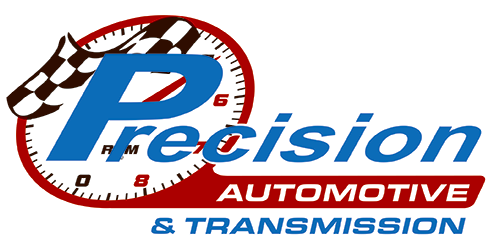Exhaust & Emissions Repair in Paris, TX
Your vehicle’s emissions and exhaust systems in Paris, TX are designed to channel the noxious gasses from your engine into the catalytic converter, the muffler, and safely out the back of the vehicle.
Catalytic Converter
The catalytic convertor is responsible for converting the toxic fumes in your emissions into less a less toxic pollutant.
Muffler
Mufflers serve several purposes on your vehicle. First, they expedite the passage of exhaust fumes from the exhaust manifold to the tailpipe. Secondly, as everyone knows, they control the exhaust noise your vehicle makes. If you’ve had a problem with a muffler in the past, whether it wore to the point of having holes in it or broke off from the exhaust pipe, there’s no mistaking how loud your vehicle can be.
Emissions System
During normal vehicle operation, emissions are produced. While some of these emissions are harmless like water, heat, and oxygen, harmful byproducts—hydrocarbons (HCs), carbon monoxide (CO), and nitrogen oxide (NOx)—are also produced. One way the system reduces these harmful byproducts is by making the engine run more efficiently. The emissions system also recycles emissions back through the combustion process or converts them into harmless gases.
Evaporative Emission Control System
The evaporative emission control (EVAP) system captures gasoline fumes and other emissions produced when fuel evaporates within the gas tank or fuel system. The EVAP system then returns these vapors to the combustion process to keep harmful chemicals from reaching the air when the vehicle is not running.
Exhaust Gas Recirculation System
The exhaust gas recirculation (EGR) system recycles a small amount of exhaust gas from the exhaust system and mixes it with the intake manifold air going into the combustion chambers. The addition of this inert (or non-combustible) exhaust gas limits the peak combustion temperatures to a range that is below 2500° F, where the formation of nitrogen oxide (NOx) is known to occur.
Secondary Air Injection System
The secondary air injection system pumps fresh air into the exhaust system to help reduce exhaust emissions.
Depending on the model, the air can be injected at one or more locations. Early systems used a belt-driven pump with air being directed by vacuum-operated switching valves. Newer vehicles use an electric pump and if needed, computer-controlled switching valves. Ready to schedule your service? Contact Precision Automotive & Transmission today!
